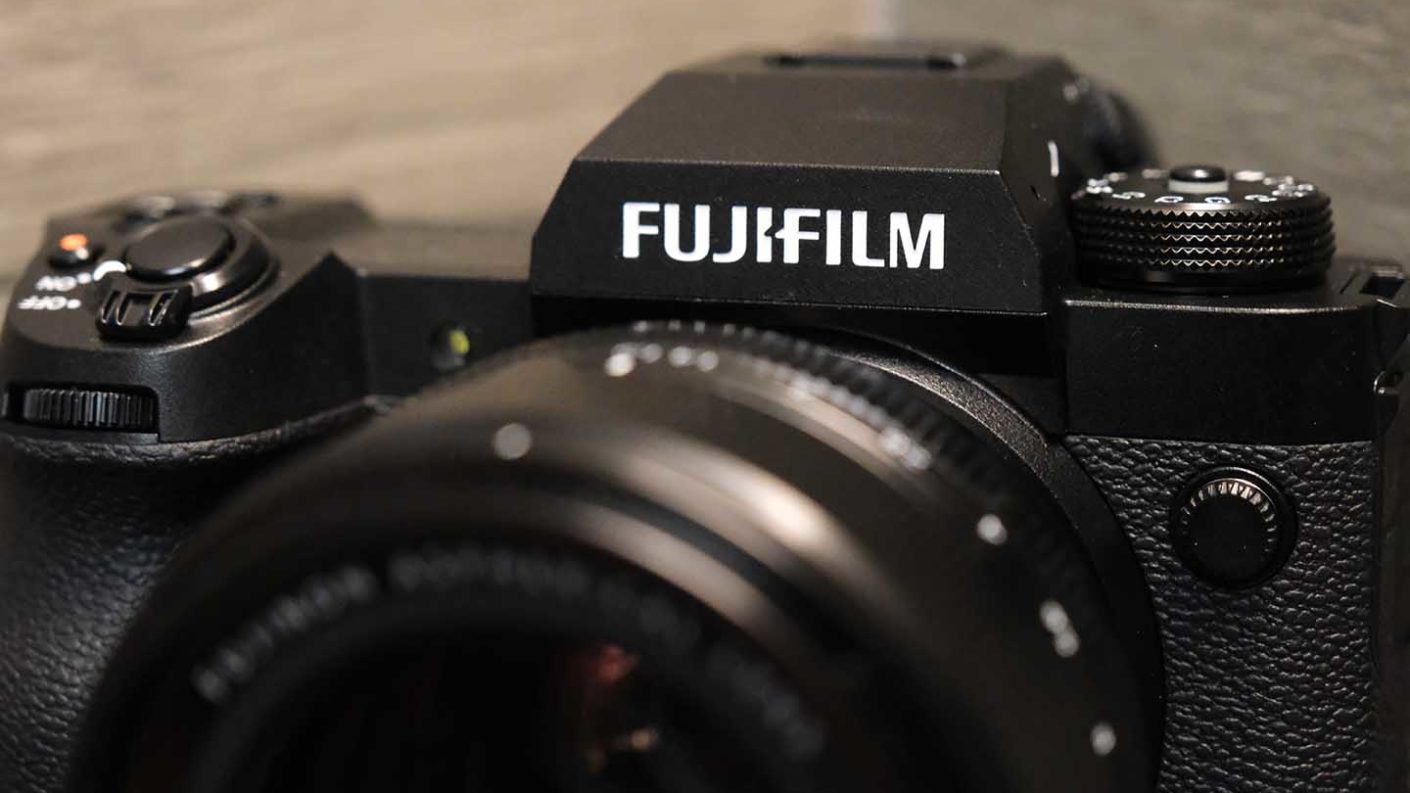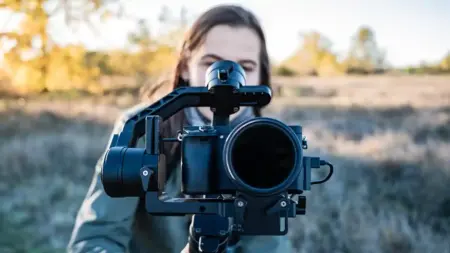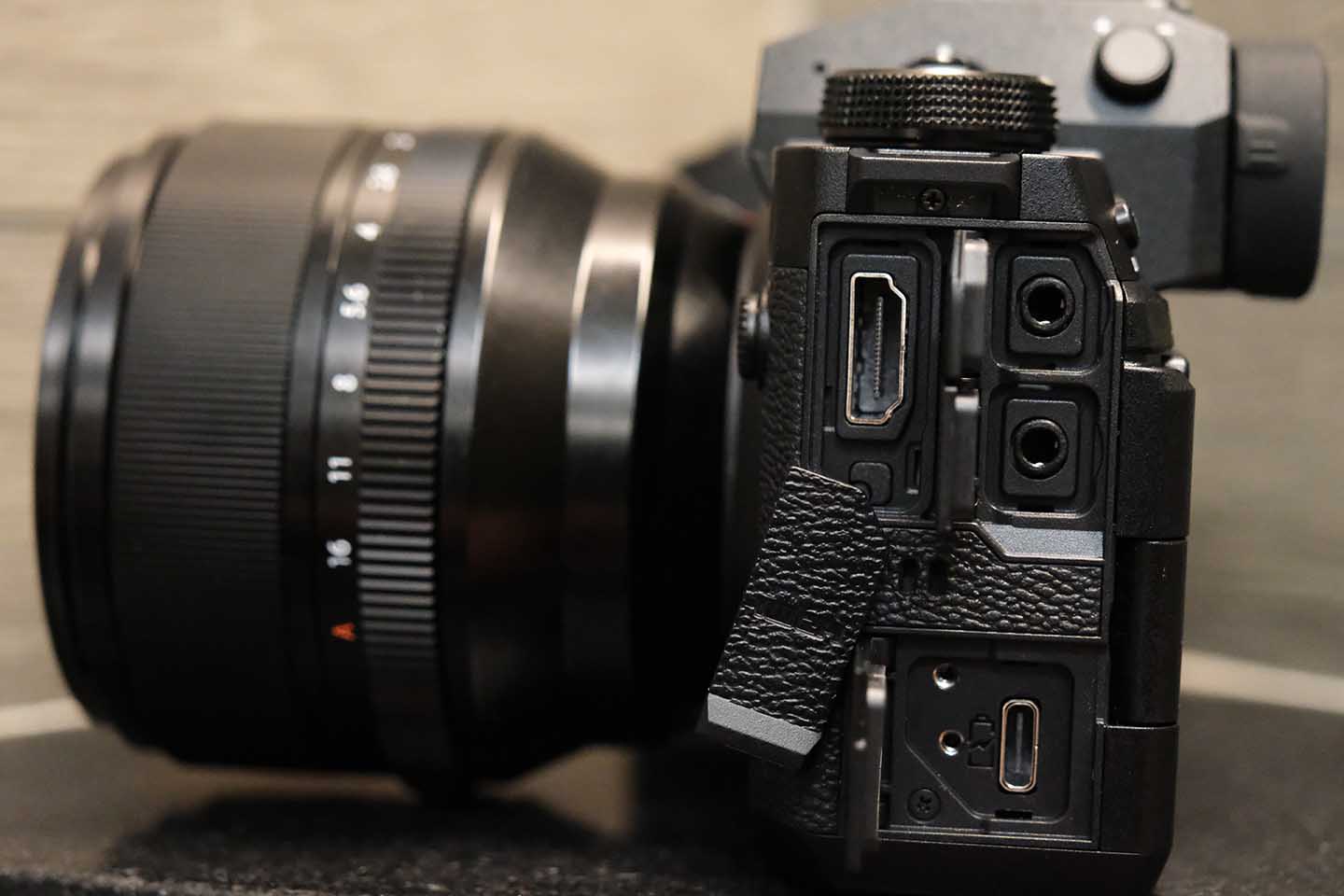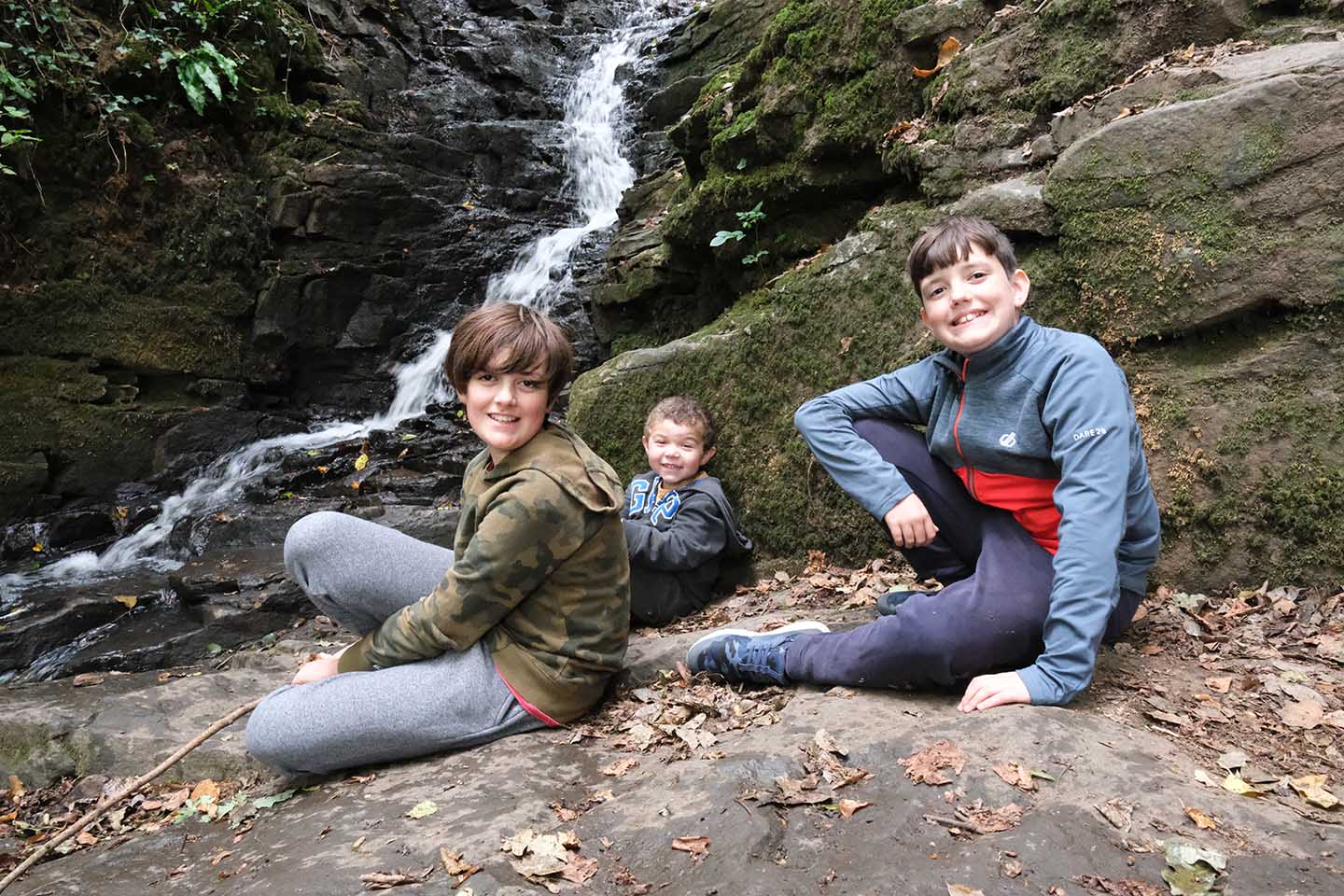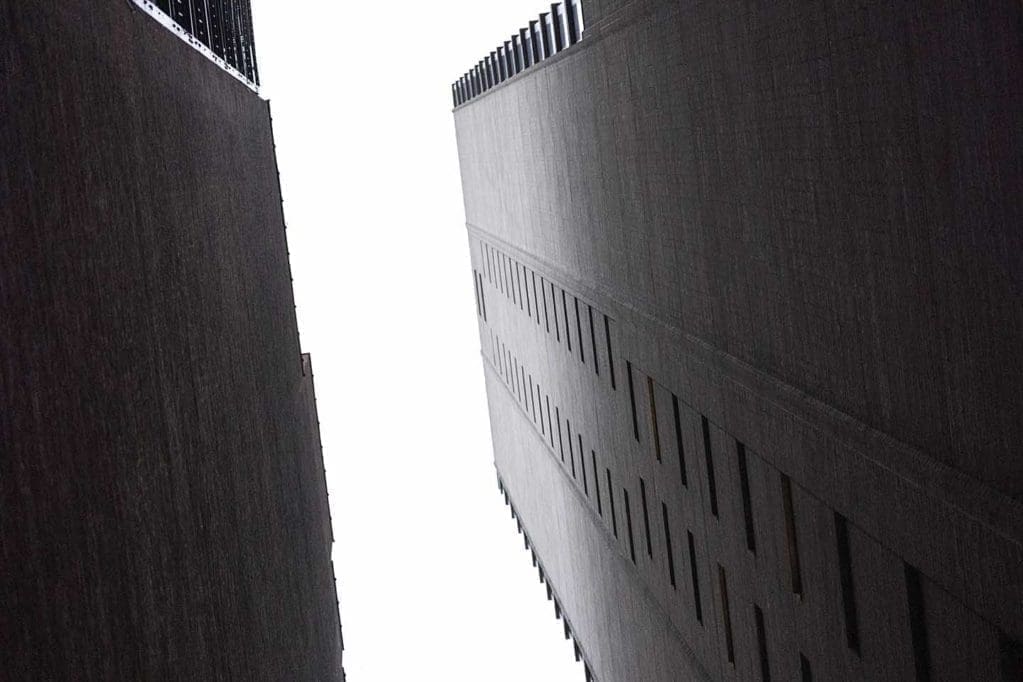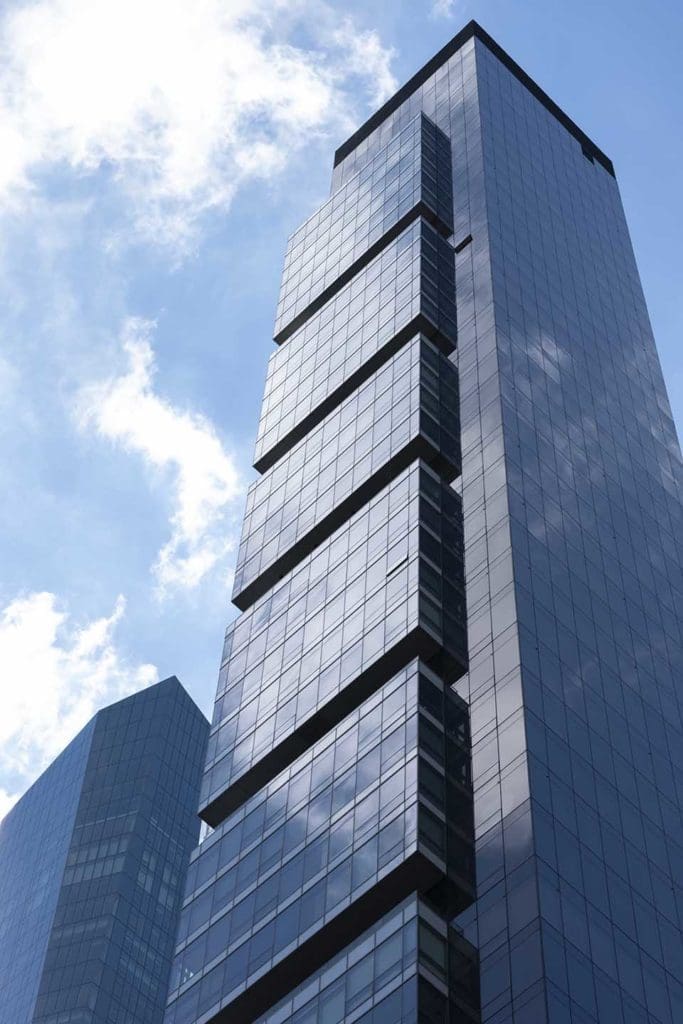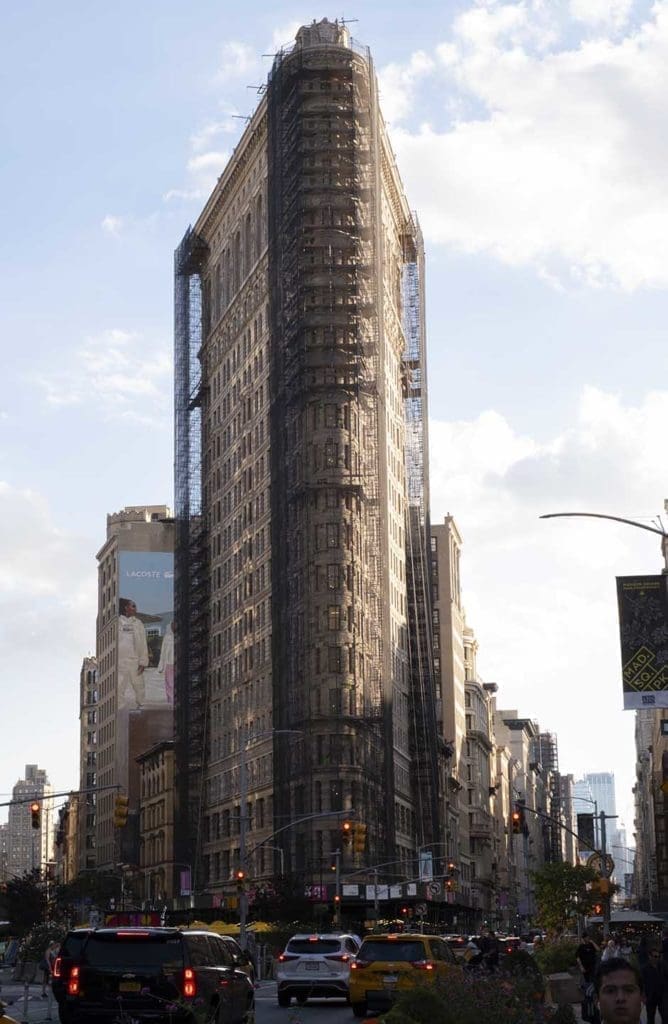The Fujifilm X-H2 packs an impressive list of specifications and marks the split of the company’s flagship X-H series into two lineups. While the X-H2S is aimed at those who capture moving subjects, the X-H2 is Fujifilm’s high-resolution flagship model. Naturally, at the heart of the X-H2 is a newly designed sensor.
Sensor
Fujifilm’s new X-Trans CMOS 5 HR sensor offers 40.2-million-pixel resolution, and its backside-illuminated design promises optimum image quality. The new design improves pixel structure to allow for more light. Fujifilm says this enables sensitivity settings of ISO 125 to be a standard setting, rather than an extended option. What’s more, Fujifilm says it has enhanced its image-processing algorithm so that it can enhance resolution.
The X-H2’s sensor is paired with Fujifilm’s latest X-Processor 5, which Fujifilm says is more efficient and boosts battery performance by 10%. X-Processor 5 also employs Deep Learning technology the enables the camera to automatically detect certain subjects, including human faces and eyes, animals, birds cars, motorcycles, bicycles, airplanes and trains.
Thanks to the X-Processor 5, the X-H2 can support the HEIF image format
It’s the speed of the processing engine that help the X-H2 deliver new video capabilities not seen before on a Fujifilm camera.
8K Video
Perhaps the biggest headline specification of the Fujifilm X-H2 is that it can record internal Apple ProRes 10-bit 4:2:2 video in 8K at up to 30p. This gives users not only incredible high-resolution footage but also the ability to down-sample for higher quality 4K.
Along with that you can also shoot 6.2K video at up to 30p, DCI4K at 60p, 4K at 30p and Full HD at 240fps for slow-motion video.
With an Atomos Ninja V+ or Blackmagic Design Video Assist Monitor, it’s possible to record Apple ProRes RAW or Blackmagic RAW footage using the X-H2’s HDMI Type A port.
The Fujifilm X-H2 can record continuously for up to 160 minutes in temperatures up to 25C, and you can extend this time to 240 minutes with the optional X-H2 clip-on fast.
There’s also F-Log and F-Log2 colour profiles for those who want to grade their footage. The latter extends the camera’s dynamic range to more than 13 stops.
Autofocus
Along with expanded subject-detection capabilities, the Fujifilm X-H2 adds a number of other enhancements to its autofocus system. Fujifilm has added a new focus meter to serve as MF assist while filming video. This can also be used with the camera’s focus peaking.
The X-H2 boasts more phase detection AF pixels than the X-H2S (3.33 million compared to 2.16 million). This 50% increase improves its focus accuracy for fine textures, making it easier to capture detail in subjects such as animal fur, grass and trees.
What’s more, Fujifilm has enhanced the camera’s video AF algorithm to improve accuracy. The X-H2’s AF can also lock focus in just 0.02sec, the same as the X-H2S.
Pixel Shift Multi-Shot Mode
Not only does the X-H2 offer 40MP resolution, but you can also create 160-megapixel images using the camera’s Pixel Shift Multi-shot Mode. The X-H2 is the first X Series camera from Fujifilm to offer this capability and is inherited from the mirrorless medium format GFX System.
In Pixel Shift Multi-Shot mode, the camera records 20 frames, shifting the sensor by 0.5 pixels with each frame. When all 20 frames are captured, the images are combined into one DNG Raw file at 160MP.
Continuous Shooting
While the X-H2S impressed with 40fps (electronic shutter) and 15fps (mechanical shutter) capability, the X-H2 also has something to say. The camera can also shoot 15fps when using its mechanical shutter for up to 1,000+ JPEGs or 400 raw files. Or when switching to the electronic shutter in the 1.29x crop factor option it can shoot at up to 20fps for 1,000+ JPEGs or 202 raw files.
Impressively, for those who want to shoot high-speed photography, the Fujifilm X-H2 can reach top shutter speed of 1/180,000sec with the electronic shutter.
Connectivity
Fujifilm is billing the X-H2 as a complete workflow solution, owing to its connectivity options and ability to transfer images and video data. The camera supports wireless image transfer via Fujifilm’s Remote Camera App, and wireless transmission can be expanded further with the VFT-XH Wireless File Transmitter Battery Grip.
The optional grip adds tethering connections and supports FTP file transfer through WiFi, ethernet and smartphone connections. Users can connect up to four camera bodies and control them via a computer or smart device, provided they have the VFT-XH grip attached.
The X-H2 camera body also boasts an HDMI port, WiFi and Bluetooth functionality.
Memory
The Fujifilm X-H2 has one memory card slot that supports CFexpress Type B cards and a second memory card slot that uses UHS-II SD cards.
Screen and Viewfinder
On the back of the X-H2 is a 3-inch, 1.62-million-dot vari-angle LCD. This should please vloggers and content creators who want to self-shoot, or anyone who wants to compose images or video from low or unusual angles.
There’s also a top-panel LCD screen that displays your exposure settings when in use and how many images / minutes recording time you have left on your card when turned off.
The X-H2 also features a high-definition, blackout-free 5.76-million-dot electronic viewfinder that offers 0.8x magnification.
IBIS
The Fujifilm X-H2 has 5-axis in-body image stabilisation, which provides up to 7 stops of shutter speed compensation. This should free photographers and videographers to shoot handheld in a number of situations where it might not normally be possible.

